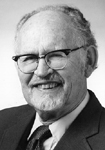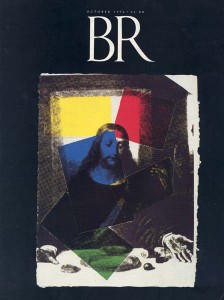Reading an Ancient Book in a Modern World
Approaching the Bible as an ancient book may explain aspects of the story that trouble us today, but this method fails to deal with the Bible as the bearer of God’s revelation.

Jews and Christians have read aloud from the Bible in public for centuries. The liturgical practice of systematically reading through the biblical texts—usually in three-year cycles—dates back at least to post-exilic Jewish worship (Nehemiah 8:1–8), and perhaps earlier to services of covenant renewal (Deuteronomy 31:10–13). The story of Jesus’ reading from the Book of Isaiah in a synagogue on the Sabbath (Luke 4:16–21) indicates that the custom influenced the early Christian community. Later the Christian church developed its own system of scripture readings.
Recently I was given the assignment of preparing a guide to help preachers interpret the lectionary readings. This was a new experience for me, a scholar who has devoted his career to teaching the Bible academically. The project raised in a new way the question of why the Bible is read and interpreted as scripture in worship services. By Bible, I mean either the Jewish Bible (Tanakh) or the Christian Bible (Old and New Testaments).
Already a library member? Log in here.
Institution user? Log in with your IP address.

